Can I Use Nd Filter At Night?
When it comes to photography, the use of Neutral Density (ND) filters is a common practice to control exposure and achieve various creative effects. However, the question of whether ND filters can be used at night often arises among photographers, both amateur and professional. This article aims to delve into the practicalities and creative possibilities of using ND filters during nighttime photography, addressing common concerns and providing actionable insights.
Understanding ND Filters
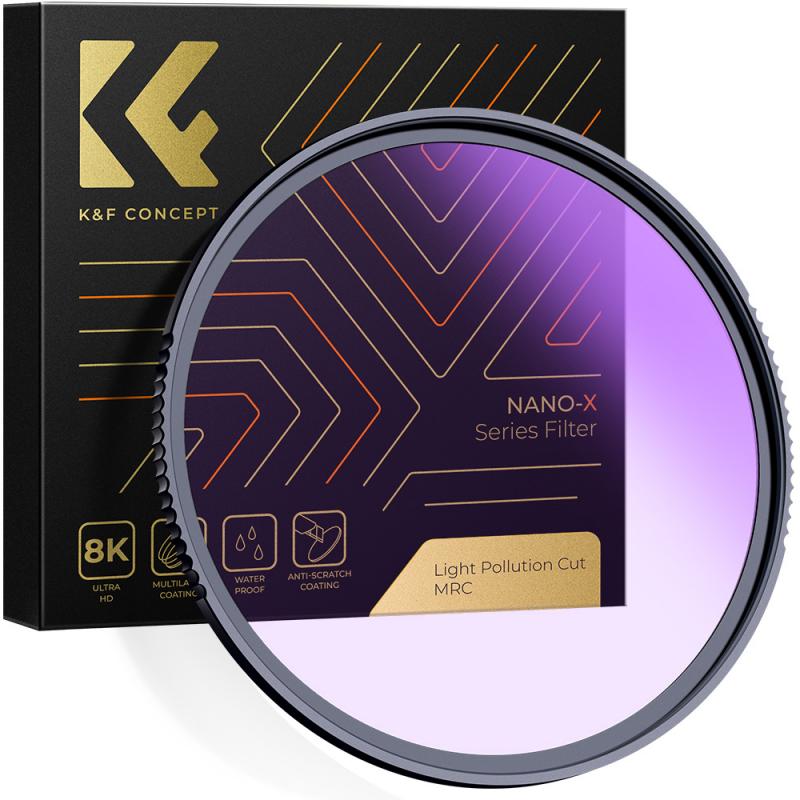
Before we explore the use of ND filters at night, it’s essential to understand what ND filters are and their primary function. ND filters are optical filters that reduce the amount of light entering the camera lens without affecting the color of the image. They are typically used in bright conditions to prevent overexposure, allowing photographers to use slower shutter speeds or wider apertures.
Common Uses of ND Filters
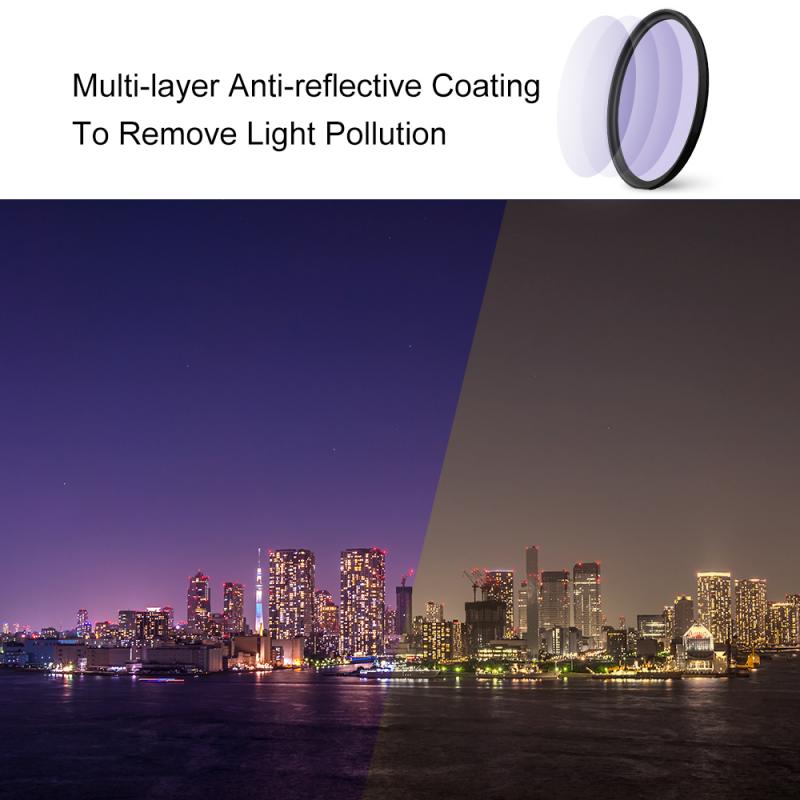
1. Long Exposure Photography: ND filters are often used to achieve long exposure effects, such as smooth water surfaces, motion blur in clouds, or light trails from moving vehicles.
2. Controlling Depth of Field: By reducing the light, ND filters allow photographers to use wider apertures in bright conditions, creating a shallow depth of field.
3. Video Production: In video, ND filters help maintain a cinematic look by allowing the use of slower shutter speeds in bright light.
The Nighttime Scenario
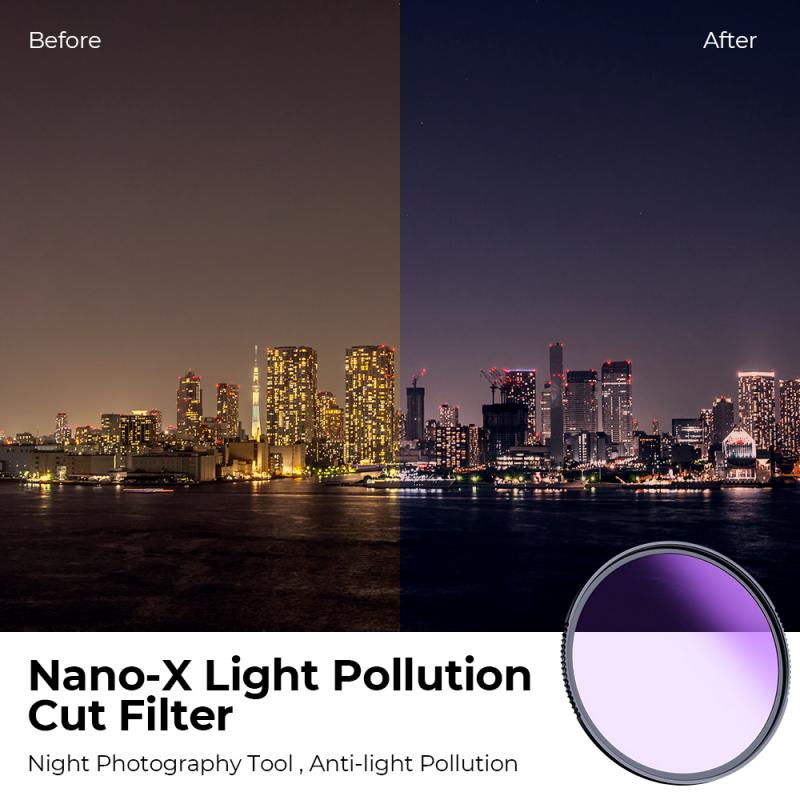
At night, the lighting conditions are drastically different from daytime. The ambient light is significantly lower, which naturally allows for longer exposures without the risk of overexposure. This raises the question: Is there a need for ND filters at night?
Situations Where ND Filters Can Be Useful at Night
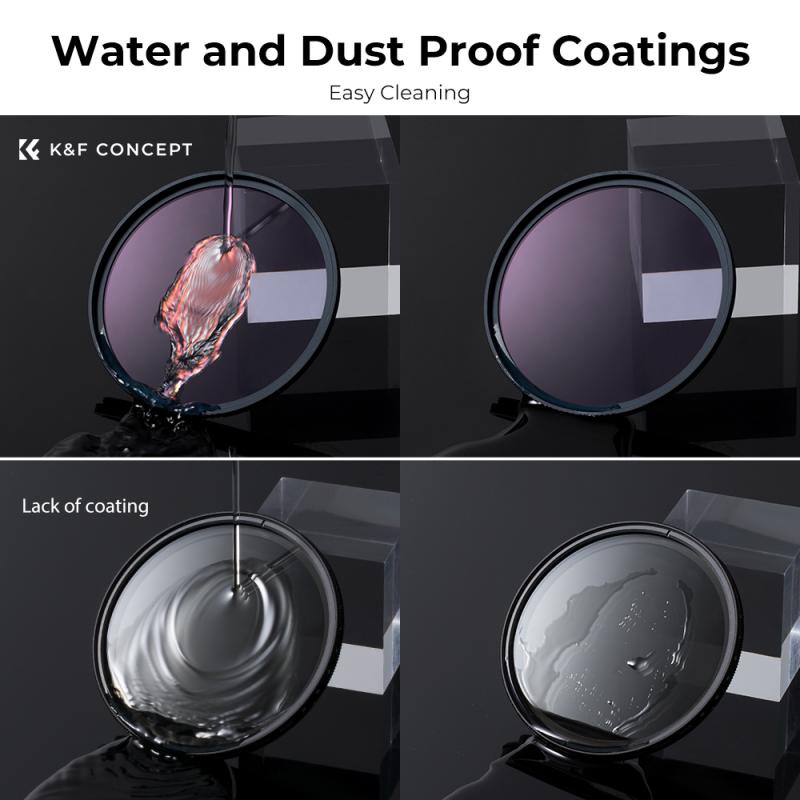
1. Creative Light Trails: When photographing light trails from vehicles, stars, or other moving light sources, an ND filter can help extend the exposure time even further. This can create more pronounced and dramatic light trails.
2. Urban Landscapes: In urban environments, artificial lights from buildings, street lamps, and vehicles can be quite bright. An ND filter can help balance these light sources, allowing for longer exposures without overexposing certain areas of the image.
3. Astrophotography: While not common, some astrophotographers use ND filters to capture star trails over extended periods. This technique can create stunning images of the night sky with circular star patterns.
4. Light Painting: For photographers who engage in light painting, using an ND filter can provide more control over the exposure, allowing for more extended periods of painting with light without overexposing the image.
Practical Considerations
While ND filters can be used at night, there are several practical considerations to keep in mind:
1. Exposure Time: Nighttime exposures are already long due to low light conditions. Adding an ND filter will further extend the exposure time, which may require the use of a sturdy tripod and remote shutter release to avoid camera shake.
2. ISO Settings: Using an ND filter at night may necessitate higher ISO settings to compensate for the reduced light, which can introduce noise into the image. Photographers need to find a balance between exposure time and ISO to maintain image quality.
3. Lens Aperture: The choice of aperture will also play a role. A wider aperture will allow more light to enter, reducing the need for extremely long exposures. However, this may affect the depth of field and overall sharpness of the image.
4. Filter Strength: The strength of the ND filter (measured in stops) will determine how much light is reduced. At night, a lower strength ND filter (e.g., 3-stop or 6-stop) is often sufficient, as the light levels are already low.
Practical Tips for Using ND Filters at Night
1. Plan Your Shot: Determine the desired effect and plan your shot accordingly. Consider the light sources, movement, and composition.
2. Use a Tripod: A sturdy tripod is essential for long exposures to prevent camera shake and ensure sharp images.
3. Remote Shutter Release: Use a remote shutter release or the camera’s timer function to avoid touching the camera during exposure.
4. Test and Adjust: Take test shots to determine the correct exposure settings. Adjust the ISO, aperture, and exposure time as needed.
5. Monitor Battery Life: Long exposures can drain the camera battery quickly. Ensure you have a fully charged battery or a spare on hand.
In conclusion, while ND filters are not a necessity for nighttime photography, they can be a valuable tool for achieving specific creative effects. Whether you are capturing dramatic light trails, balancing urban lights, or engaging in light painting, ND filters can enhance your nighttime photography. By understanding the practical considerations and following the tips provided, you can effectively use ND filters to create stunning nighttime images. As with any photographic technique, experimentation and practice are key to mastering the use of ND filters at night. So, grab your camera, ND filter, and tripod, and explore the creative possibilities that nighttime photography has to offer.

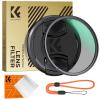



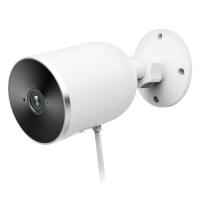
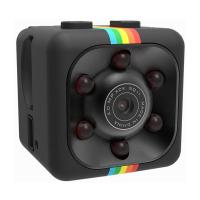
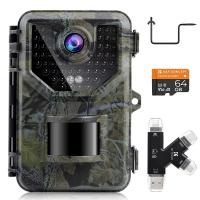
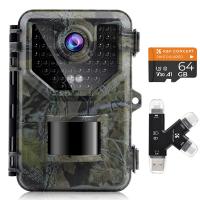
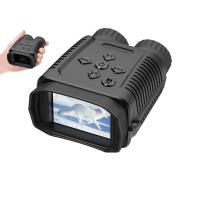
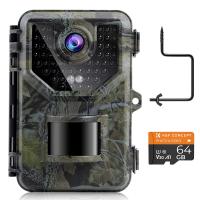

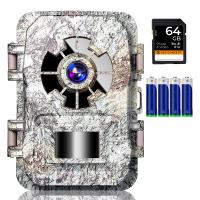
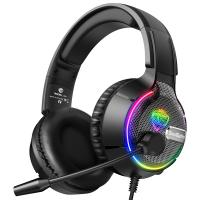


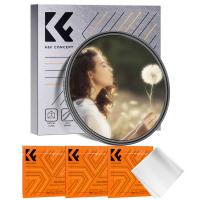
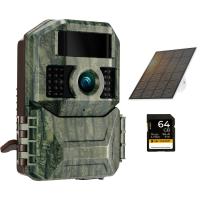

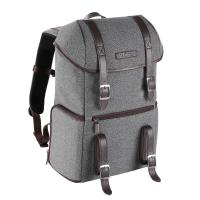
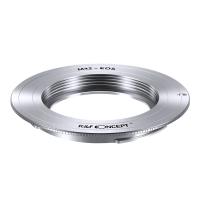
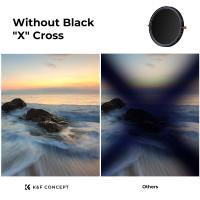

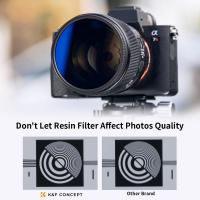

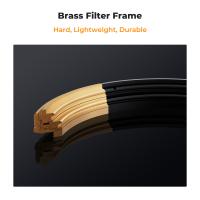
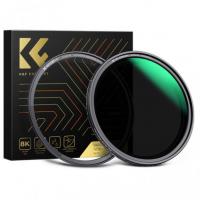

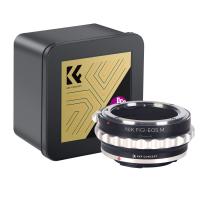
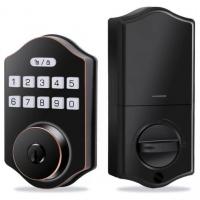

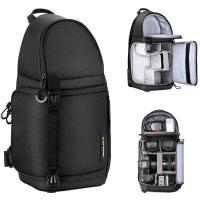


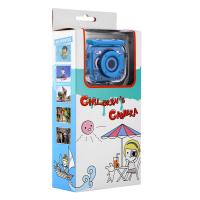
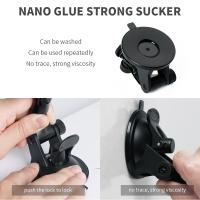

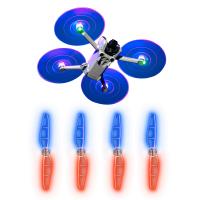

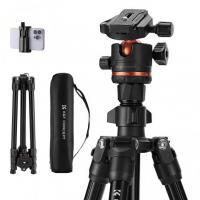
There are no comments for this blog.